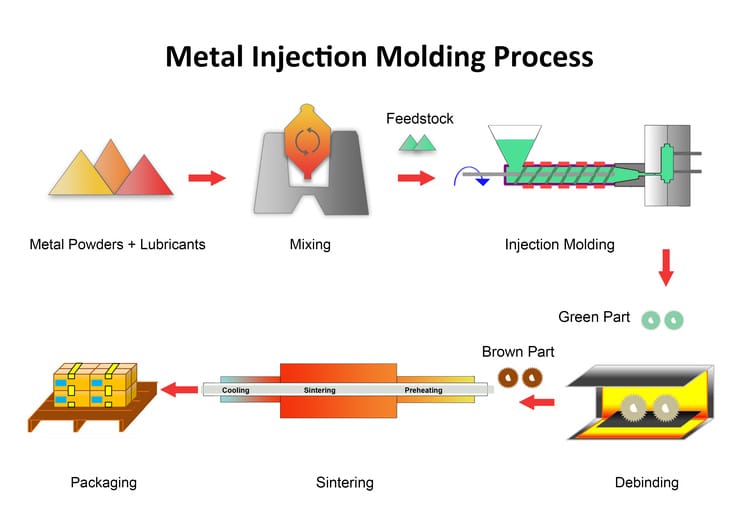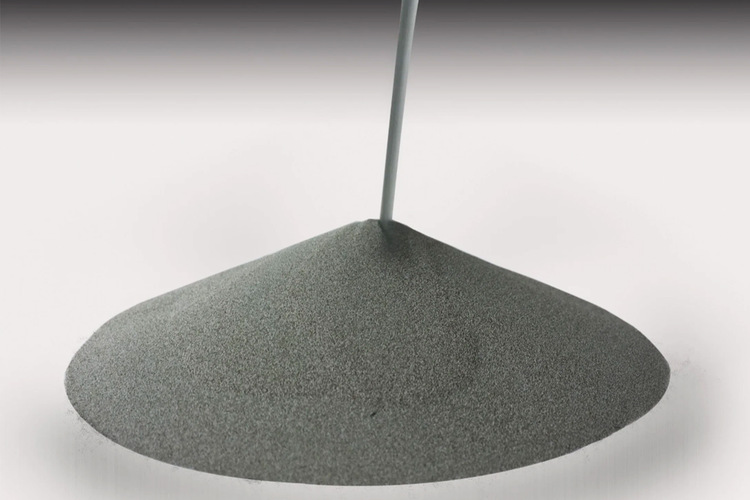Injection molding tooling refers to the molds used to shape molten material into the final product. These injection molds are typically made of tool steel or aluminum, which can withstand the high pressures and temperatures of the production process.
Contents
What is Injection Molding?
What is Plastic Injection Molding?
Injection molding is a mass production process in which molten plastic is forced into a mold cavity under high pressure by an injection molding machine, where it then cools and solidifies into the desired shape.
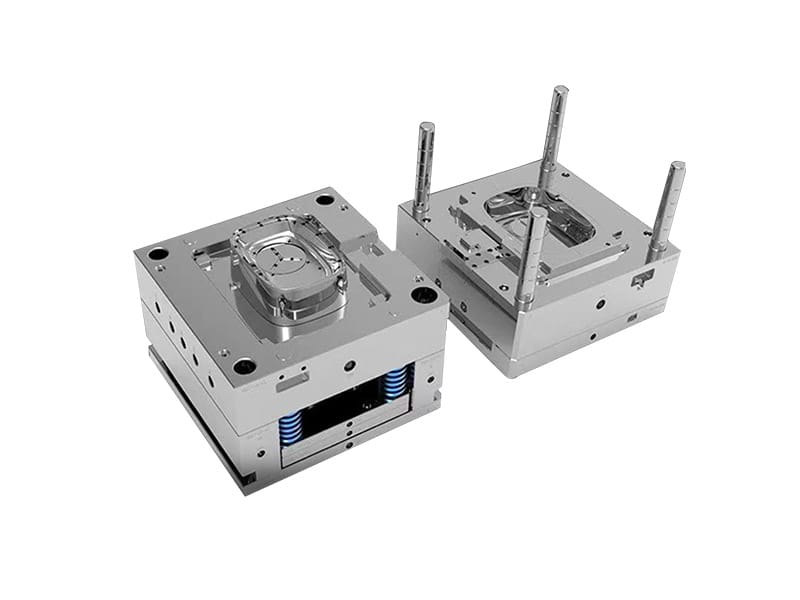
What is Metal Injection Molding?
Metal injection molding (MIM) is a combination of injection molding and powder metallurgy. Metal injection molding uses metal powder mixed with a binder to make a raw material, which is then injection molded into a complex shape and then debinded and sintered to obtain the final part.
Unlike plastic injection molding, MIM uses metal powder as raw material. MIM parts have high density (over98%) and good surface finish Ra 1.6μm
What is an Injection Mold?
Injection molding tooling contains the following components:
- Clamp
- Nozzle bushing
- Feed system
- Cavity
- Cooling system
- Guide pins/sleeves
- Injection system
Types of Injection Moulding Dies
Plastic injection molds come in various types, each designed for specific production requirements. Understanding these different mold options helps you select the most suitable solution for your project.
Single Cavity Mold
Single-cavity molds produce one part per injection cycle and are suitable for small batch production. Although these molds have longer production cycles, they have lower mold manufacturing costs.
When your product is in the prototyping or development stage, a single-cavity mold is your best choice. It gives you better precision and customization, and unlike multi-cavity molds, it is easier to design, manufacture, and maintain.
Multi Cavity Mold
Multi-cavity molds are designed to produce multiple identical parts in a single injection cycle. This improves production efficiency and reduces manufacturing costs.
Multi-cavity molds are suitable for large-scale batch production, producing multiple parts at a time, and the manufacturing cost of each part is reduced.
However, compared with single-cavity molds, designing and manufacturing multi-cavity tools takes longer and the production cost is more expensive
Family Mold
When you want to produce multiple different parts in a single mold, family molds can be used. These molds are able to make multiple variations of a part at the same time. Therefore, you can save time and cost on individual part manufacturing by using these molds.
The downside is that designing and manufacturing family molds is expensive.
Insert Mold
Insert mold is a pre-made component (called an insert) is placed into the mold before plastic is injected. The plastic then flows around the insert, bonding with it to form a single, integrated part.
Injection Molding Tool Material
When engineers choose injection mold materials, they need to consider the raw materials to be injected. Plastic injection molds need to withstand high temperatures, high pressures, and mechanical stress. MIM Tooling also has to withstand the abrasiveness of metal powders.
Choosing the right tool material for injection molds can ensure its durability and service life.
Tool Steel
Engineers often choose tool steel as the material for the injection molding tooling due to its good hardness, toughness, and wear resistance.
Common tool steels used for injection molding molds:
- P-20 Pre-Hardened Tool Steel
- S-7 Pre-Hardened Tool Steel
- H-13 Tool Steel
Stainless Steel
Stainless steel has excellent corrosion resistance, high temperature resistance, and good wear resistance.
Some stainless steels are food-grade safe, such as 420 stainless steel, which can produce injection molded parts for food environments.
Aluminium
Aluminum is a lightweight, easy-to-process material that is often used in injection mold materials for prototyping and small batch production.
Aluminum is not as durable as tool steel, but has good thermal conductivity and machinability.
Copper Alloy
Copper alloy is also an injection mold material because of its good heat resistance and corrosion resistance.
Injection Molding Tool Design
When designing the injection molding tooling, it is best to consider part geometry, material, production capabilities, and manufacturing costs.
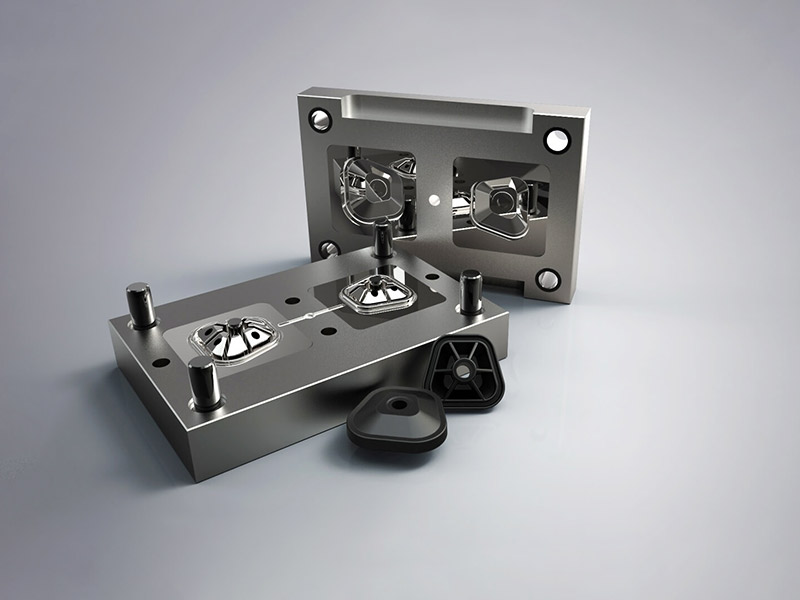
Component Geometry
The complexity of the component geometry directly affects the complexity of the mold. Features such as undercuts, threads, and sharp corners may require additional mold components such as slides or lifters. So simplifying the part geometry can lead to more economical molds.
Part Wall thickness
Uniform wall thickness helps reduce defects such as warpage or sink marks. Uneven wall thickness can cause uneven cooling and residual stress.
Draft Angle
The appropriate draft angle helps the part to be easily demolded from the mold. The draft angle is usually 1-3° to eject the part and reduce mold wear.
Gate Design and Location
The gate is the entrance for molten plastic to enter the mold cavity. Its design and location affect material flow, cooling rate, and the presence of welds. Proper gate location ensures uniform filling and minimizes potential defects.
Surface Finish
The polishing and texturing of the injection mold will affect the surface finish of the final part. The core, cavity, runner, and gate should have a good surface finish.
Tooling Material
The service life of the mold is closely related to the material. You should choose the appropriate mold material according to the use requirements. Hardened steel has high durability and is suitable for large-scale production. Aluminum may be more suitable for small-scale production.
Shrinkage
In injection mold tool design, you must consider factors such as shrinkage, thermal expansion, and part deformation during cooling. These have a significant impact on the tolerance of the part.
Injection Mold Tooling Manufacturing Process
The manufacturing of injection molding tooling is is a precise, complex, and time-consuming process. From initial design to final production, any errors during mold making can cause the entire project to fail.
Design & Engineering
Injection mold manufacturing starts with designing the mold based on the required part specifications and tolerances. Engineers create detailed 3D CAD models, taking into account factors such as part geometry, material selection, and production volume. This phase helps identify potential issues and assess manufacturability.
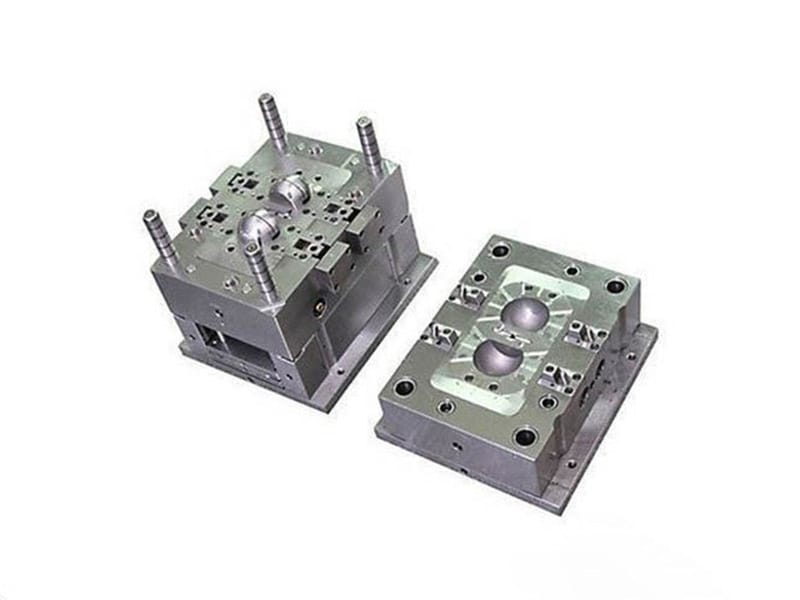
Material Selection
Your engineers select mold materials, tool steel or aluminum, based on the project and production capacity and lifespan.
CNC machining and Electrical Discharge Machining
CNC machining is a common process used in mold manufacturing, includes:
- Roughing: Removing the bulk of the material to approximate the mold shape.
- Finishing: Using finer tools to achieve precise dimensions and surface finish.
Electrical Discharge Machining (EDM)
You can use EDM to achieve intricate details and complex geometries that are not possible with CNC machining. EDM uses spark erosion to erode the material.
Post-Processing
Depending on specific requirements, the mold is heat treated and surface treated to improve hardness and surface finish
Assembly & Inspection
After all the individual components are manufactured, we assemble them into a complete mold. Before full production, the mold is thoroughly tested to identify and correct any defects.
If you need a custom injection molding mold, BLUE is here to help. We provide free design services and complete mold manufacturing. With 20 years of experience and ISO 9001:2015 certification, we’re your trusted partner.
FAQ
1. How Much does Injection Mold Tooling Cost?
The cost of injection molding tooling depends on the following factors:
Type of Mold
Single-cavity injection molding tools are relatively cheap, multi-cavity and family injection molding tools are more complex and expensive.
Part Complexity
Parts with detailed or intricate features need more advanced tooling and precision machining, which increases the cost.
Mold Material
Aluminum molds are typically more cost-effective for low-volume runs, while tool steel molds are more expensive but offer greater durability for high-volume production.
Surface Roughness
Polishing and surface treatment will increase the overall manufacturing cost.



